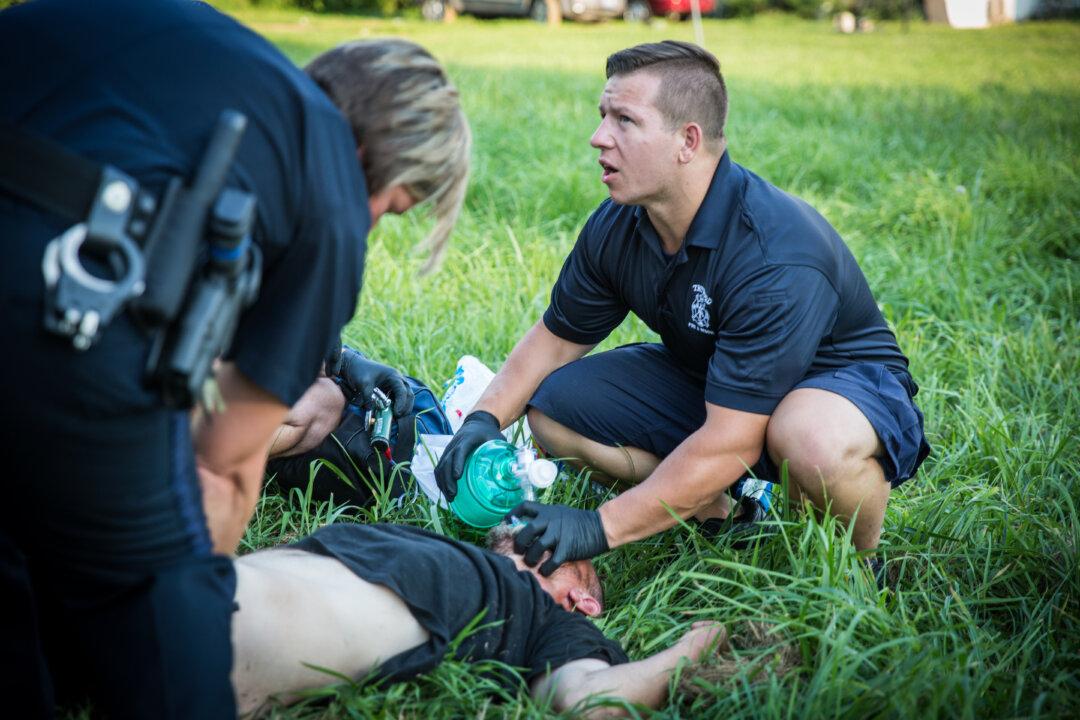DAYTON, Ohio—The sheriff of Montgomery County is fighting an uphill battle. He has been fighting it for four years, but it has only gotten worse. His county has the unfortunate burden of being the worst in the nation for opioid overdose deaths, per capita.
His deputies are spending more than half their time responding to overdose calls. One dose of the opioid-blocker Narcan often isn’t enough to revive a patient anymore, and when it does work, he said, 35 percent of the time the addict stands up, walks away, and does it again the next day.





